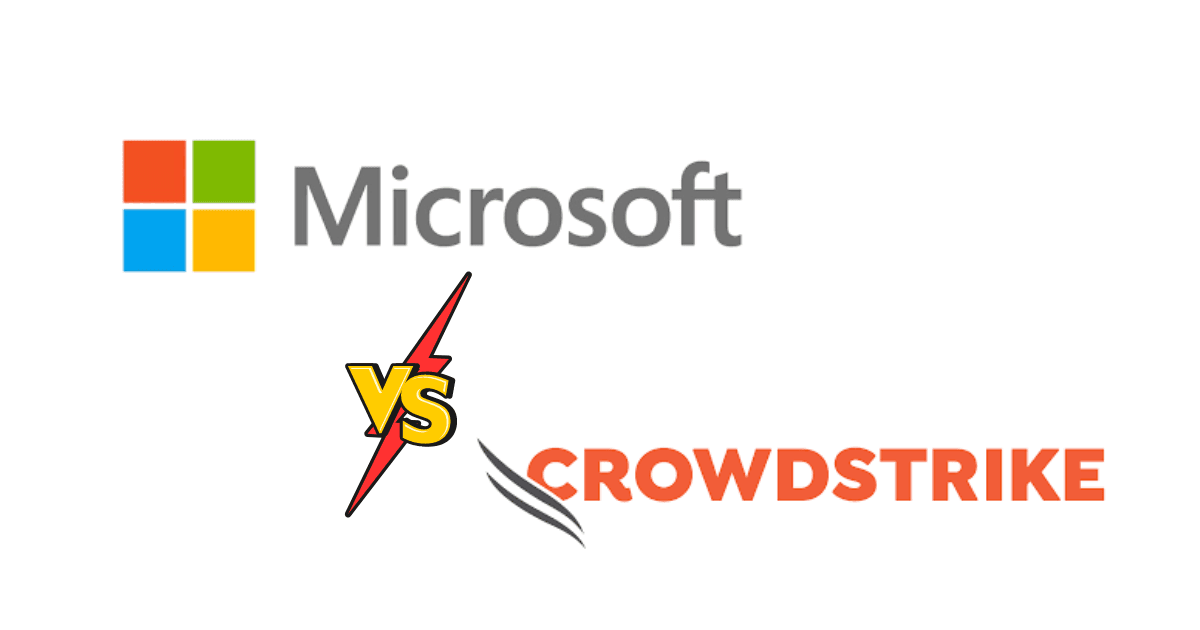In today’s rapidly evolving digital landscape, cybersecurity remains a top priority for businesses of all sizes. As cyber threats become increasingly sophisticated, choosing the right endpoint protection platform is crucial. Two of the leading solutions in this space are Microsoft Defender and CrowdStrike. Both platforms offer robust security features, but they cater to different needs and environments. In this post, we’ll explore the strengths and differences between Microsoft Defender for Endpoint and CrowdStrike, helping you make an informed decision for your organization in 2024.
https://www.npfnetworks.com/If you have specific questions, don’t hesitate to call NPF Networks at 303-778-9499.
Understanding Endpoint Security in 2024
Endpoint security has expanded far beyond traditional antivirus solutions. Modern endpoint protection platforms (EPPs) and endpoint detection and response (EDR) tools offer advanced threat detection, automated response, and integration with broader cybersecurity ecosystems. In 2024, the focus has shifted to AI-driven threat detection, zero-trust architectures, and seamless integration across multiple cloud and on-premises environments.
Microsoft Defender for Endpoint: An Overview
Microsoft Defender is an enterprise-grade endpoint security platform integrated into the Microsoft 365 suite. It offers a comprehensive solution that leverages Microsoft’s vast cloud infrastructure and AI capabilities.
- Integration with Microsoft Ecosystem: One of the key strengths of Microsoft Defender is its seamless integration with other Microsoft products like Azure, Office 365, and Active Directory. This makes it an ideal choice for organizations already invested in the Microsoft ecosystem.
- Threat Intelligence and Automation: Powered by Microsoft Threat Intelligence, Defender for Endpoint uses AI and machine learning to detect and respond to threats in real-time. Automated investigation and remediation features help reduce the time needed to mitigate attacks.
- Zero Trust Security: Defender for Endpoint supports zero-trust security models, ensuring that every device and user is continuously authenticated and verified before accessing sensitive resources.
- Cost-Effective for Microsoft Users: For organizations already using Microsoft 365, Defender for Endpoint can be a cost-effective solution since it often comes bundled with other Microsoft services.
CrowdStrike: An Overview
CrowdStrike is a leader in the cybersecurity space, known for its Falcon platform, which offers a cloud-native approach to endpoint security. CrowdStrike has built a reputation for its effectiveness in detecting and mitigating advanced persistent threats (APTs).
- Cloud-Native Architecture: CrowdStrike Falcon operates entirely in the cloud, offering scalability, rapid deployment, and minimal impact on endpoint performance. This architecture is particularly beneficial for organizations with remote or distributed workforces.
- Advanced Threat Hunting: CrowdStrike’s Threat Graph powers its EDR capabilities, allowing for proactive threat hunting and detailed forensic analysis. The platform continuously analyzes data from millions of endpoints globally, providing robust threat intelligence.
- Third-Party Integration: CrowdStrike is known for its extensive API support, allowing for integration with various third-party tools and platforms, making it a flexible choice for organizations with diverse IT ecosystems.
- Expertise in Cyber Intelligence: CrowdStrike’s security teams are frequently called upon to investigate high-profile breaches, giving the platform a reputation for being at the forefront of cybersecurity innovation.
Key Differences Between Microsoft Defender and CrowdStrike
- Integration vs. Flexibility: Microsoft Defender for Endpoint excels in environments that are deeply integrated with Microsoft services. In contrast, CrowdStrike offers greater flexibility for integration with a broader range of third-party tools and services.
- Cloud Infrastructure: While both platforms are cloud-based, CrowdStrike’s cloud-native architecture provides unique advantages in scalability and performance, particularly for organizations with complex, distributed environments.
- Threat Intelligence: Both platforms offer advanced threat intelligence, but CrowdStrike’s Threat Graph is often highlighted for its depth of data and real-time threat analysis capabilities.
- Cost Considerations: For businesses already utilizing Microsoft 365, Defender for Endpoint may be more cost-effective. CrowdStrike, on the other hand, might involve additional costs but offers a level of specialization and expertise that can be invaluable for certain industries.
Choosing the Right Solution for Your Business
When deciding between Microsoft Defender and CrowdStrike, it’s essential to consider your organization’s specific needs, existing IT infrastructure, and long-term cybersecurity goals. If your business is heavily invested in Microsoft technologies, Defender for Endpoint may offer a more seamless and cost-effective solution. However, if you require a platform with a proven track record in advanced threat detection and flexibility for integration with various tools, CrowdStrike could be the better choice.
In 2024, cybersecurity is not a one-size-fits-all solution. Both Microsoft Defender and CrowdStrike provide powerful features that can protect your organization from evolving cyber threats. By understanding the strengths and differences between these two platforms, you can make an informed decision that aligns with your business’s security needs and IT strategy.
For more information on implementing a robust cybersecurity strategy for your business, contact NPF Networks today at 303-778-9499. Our experts are here to help you navigate the complexities of endpoint security and ensure your organization remains protected in the digital age.







Leave a Reply